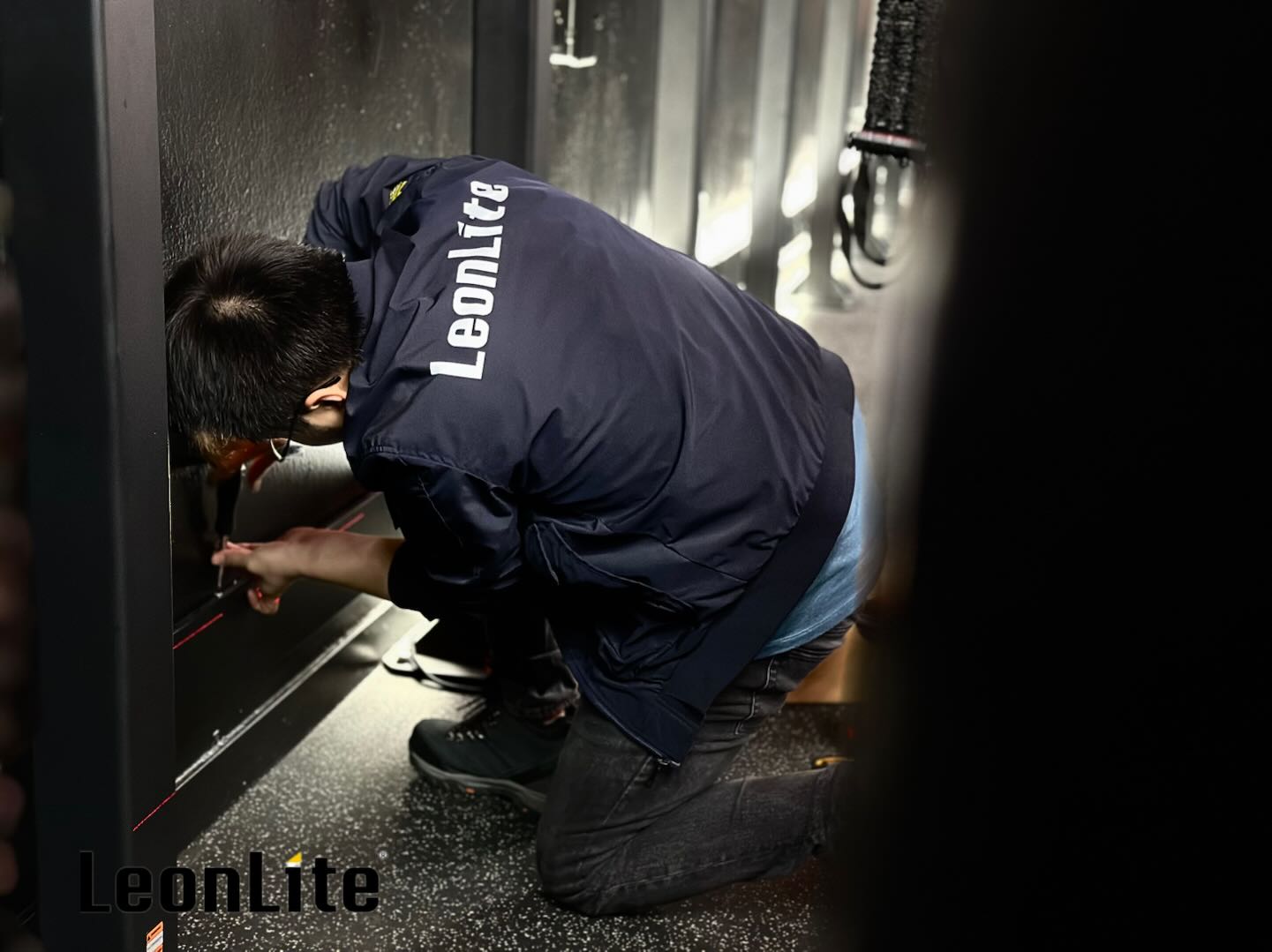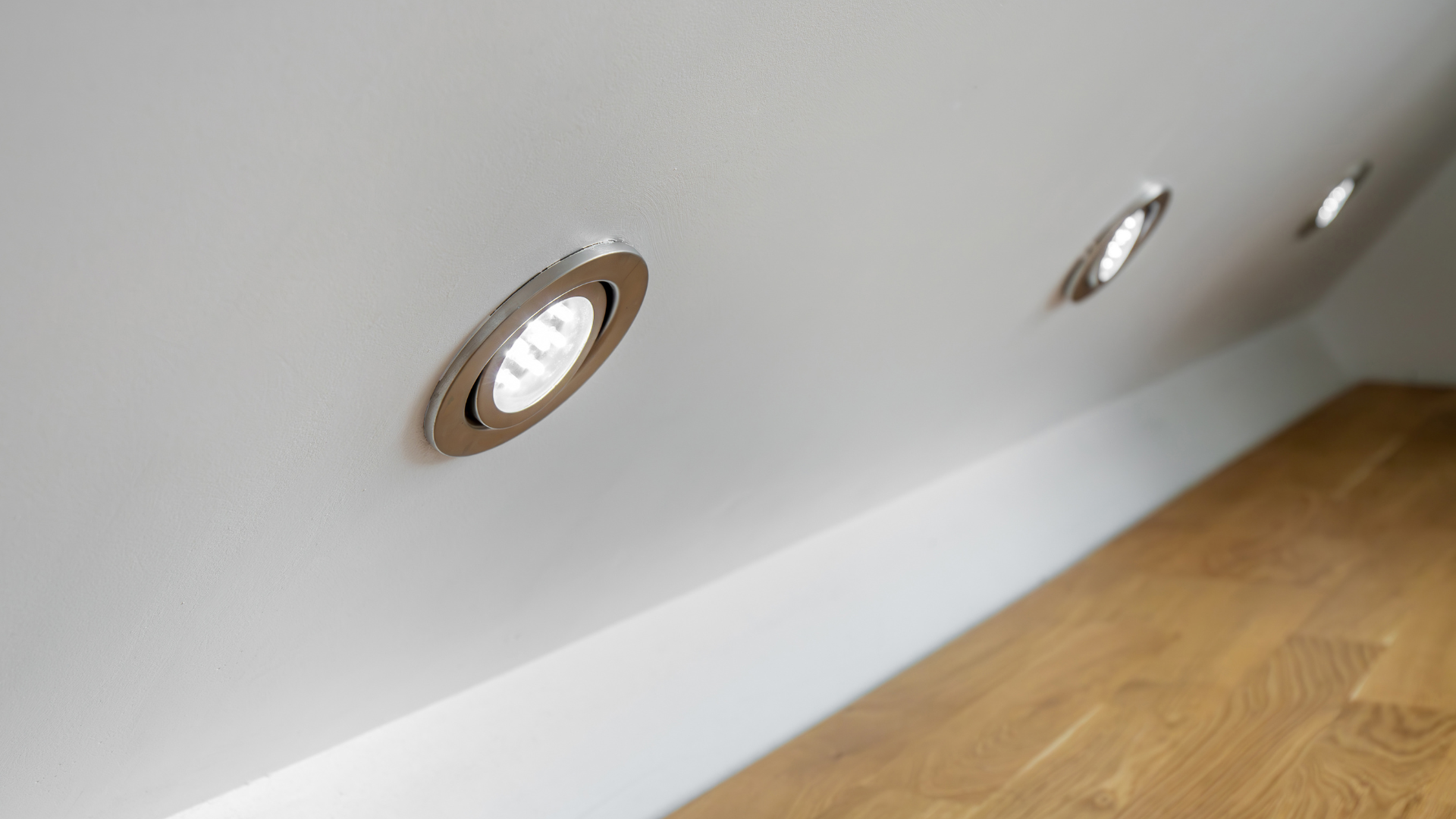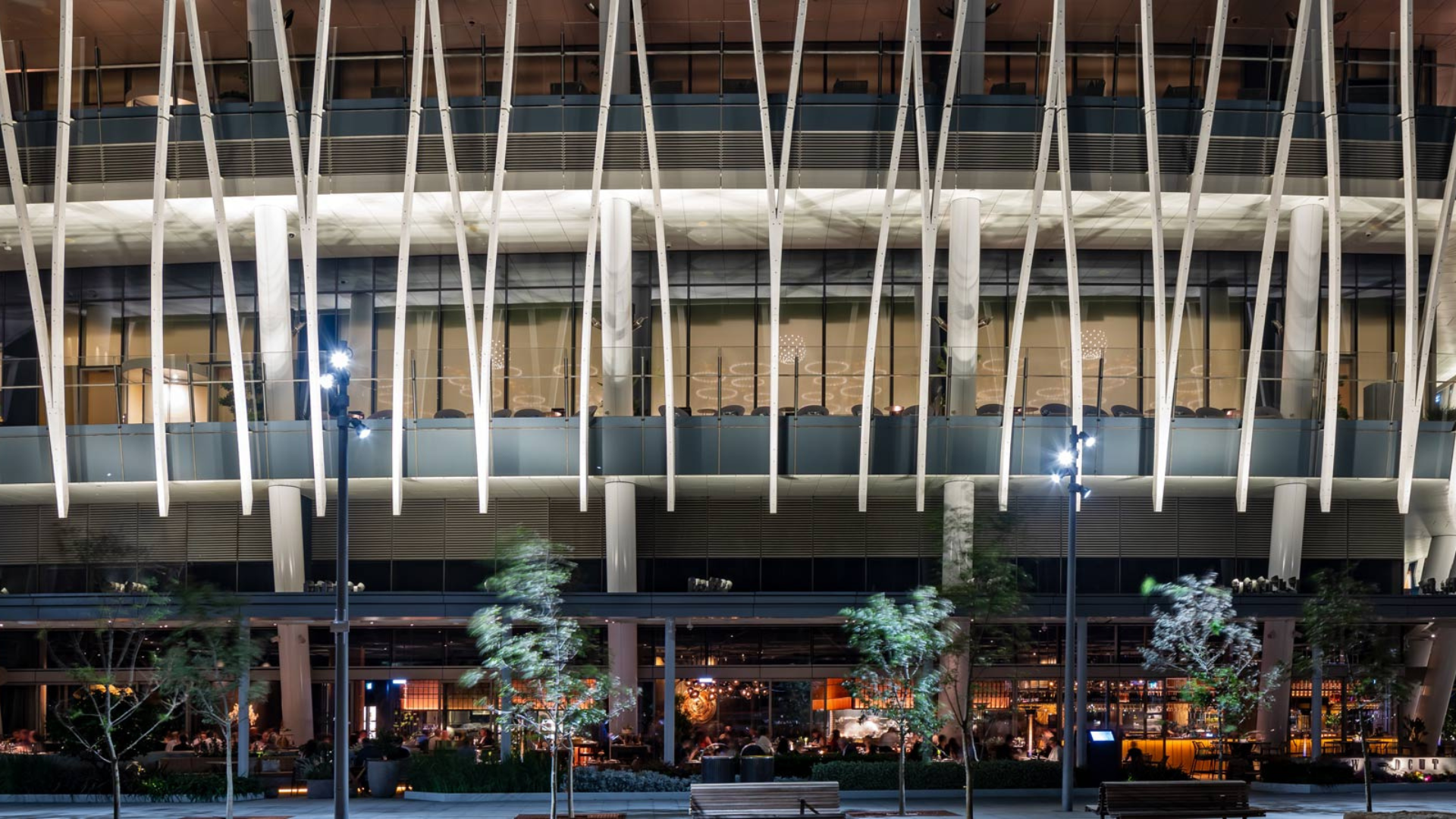Info Leonlite
22-11-2023
How Can Recessed Lighting Enhance Ambience and Efficiency in Your Home?

How Can Recessed Lighting Enhance Ambience and Efficiency in Your Home?
In the dynamic world of home lighting, recessed light fixtures, also known as can lights, have emerged as a stylish and functional choice for modern interiors. Seamlessly blending into the ceiling, they offer a clean, streamlined look that not only enhances the aesthetic appeal of a space but also provides efficient illumination. Whether it's for accentuating artwork, creating dramatic lighting effects, or simply adding a touch of sophistication, recessed lighting can transform any room. This article explores the pros and cons of recessed light fixtures, their installation nuances, and the variety of options available, helping you decide if they are the right fit for your lighting needs. Join us in uncovering the hidden potential of recessed lighting in adding elegance and functionality to your living spaces.
* Prices seem high? Could be multi-unit packs. Check your cart for details.
Table Of Contents
- The Basics of Recessed Light Fixtures
- Pros and Cons of Recessed Lighting
- Cost and Maintenance Considerations
- Design Flexibility and Lighting Effects
- Conclusion: Is Recessed Lighting Right for Your Space?
The Basics of Recessed Light Fixtures
Recessed light fixtures, often termed as 'can lights', offer a distinct and refined lighting option that integrates seamlessly with the ceiling. Unlike traditional surface-mounted or hanging light fixtures, the majority of a recessed light fixture is installed behind the ceiling surface, creating a sleek, unobtrusive appearance. This style not only increases the amount of light in a room but also serves to highlight special features and expand visual space, making rooms appear larger and more open. The adaptability of these fixtures to different bulb types, including incandescent, CFL (compact fluorescent lamps), and LED bulbs, adds to their versatility. Recently, LED-specific recessed fixtures have gained popularity for their smaller size, ease of installation, and enhanced lighting effects, perfectly aligning with contemporary design trends and energy efficiency needs.


* Prices seem high? Could be multi-unit packs. Check your cart for details.
Pros and Cons of Recessed Lighting
While recessed light fixtures are lauded for their aesthetic appeal and versatility, it's essential to weigh both their advantages and disadvantages. On the upside, the flush ceiling profile of these fixtures offers a clean and minimalist look, ideal for modern interiors. They excel in aiming illumination, creating a dramatic effect by focusing light on specific areas or objects, such as artwork or architectural details, while keeping the light source hidden and unobtrusive.
However, there are some downsides to consider. Recessed lights can sometimes appear dated, especially if not used in a contemporary setting or if they are overused within a space. They can also pose a fire hazard if not installed correctly, especially in insulated ceilings. Additionally, recessed lighting can lead to thermal energy loss, as holes must be cut in the ceiling for installation, potentially affecting the room's insulation. The installation process itself can be more challenging and costly compared to standard light fixtures, requiring careful planning and, in many cases, professional assistance. Despite these considerations, recessed lighting remains a popular choice for those seeking a blend of functionality and sophisticated design in their lighting solutions.


Cost and Maintenance Considerations
When it comes to the cost of recessed light fixtures, they generally fall on the higher end compared to traditional surface-mounted or basic hanging light fixtures. This is largely due to their complex design which includes a metal frame, a canister enclosure for the light bulb and socket, and a built-in wire connection box. Prices for recessed light fixtures vary widely, ranging from as low as $5 to $10 for basic styles, to $50 or more for advanced low-profile, LED-specific designs. While the initial investment might be higher, especially for LED-only fixtures, the long-term energy savings and durability often make them a cost-effective choice.
Maintenance of recessed lights, once installed, is relatively straightforward, typically involving only the replacement of lightbulbs. However, if a fixture itself requires replacement, the process can be more complex than with standard light fixtures due to their recessed nature. In recent years, advancements in technology have led to the introduction of "smart" recessed fixtures. These connect to wireless networks, allowing for remote control, smartphone operation, or voice-activated systems, offering an additional layer of convenience and modernity in home lighting solutions. While these high-tech options come at a premium, starting at around $40 to $50 per fixture, they represent the cutting edge in lighting technology and home automation.
* Prices seem high? Could be multi-unit packs. Check your cart for details.
Design Flexibility and Lighting Effects
Recessed light fixtures offer unique design benefits that can significantly enhance the interior decor of a space. Their ability to sit flush with the ceiling contributes to a low-profile, clean look, making them especially suitable for rooms with lower ceilings. Recessed lights are adept at "pushing" light in specific directions, providing excellent accent lighting for countertops, artwork, or architectural features.
Some recessed fixtures come with rotating turrets, allowing for adjustable lighting direction, much like track lighting but with a more integrated look. This flexibility is ideal for spotlighting specific areas or creating dynamic lighting effects in a room. However, they are less effective for general room illumination, where central ceiling fixtures or floor lamps might be more appropriate.
Lighting design with recessed fixtures should be strategic to avoid a cluttered or overly industrial appearance. Avoid placing fixtures too closely together or in straight rows, as this can create an unappealing 'airport runway' effect. Matching the size of the fixtures to their spacing is also crucial – a common rule is spacing 4-inch fixtures at least 4 feet apart and 6-inch fixtures about 6 feet apart. When lighting objects like paintings or bookshelves, centering the fixtures on the object and positioning them 12 to 18 inches away ensures optimal illumination. For task lighting, such as reading, the placement should be overhead to prevent shadows.
Using wall-washing recessed lighting around the perimeter of a room can "push" the walls out visually, making a small room feel larger, or highlighting a collection of artwork or photographs. A combination of ceiling recessed lighting and under-cabinet lighting in kitchens can create both an aesthetically pleasing and functional lighting environment. These design considerations highlight the versatility and effectiveness of recessed lighting in enhancing the overall ambiance of a space.

Conclusion: Is Recessed Lighting Right for Your Space?
Recessed light fixtures offer a unique blend of aesthetic appeal and functional lighting, making them a popular choice for many homeowners. Their sleek, flush design provides a modern look that can complement various interior styles, while their directional lighting capabilities make them ideal for accent and task lighting. However, it's important to consider the initial installation costs, potential for thermal energy loss, and the complexity of maintenance before choosing this lighting option.
The versatility in bulb types, including energy-efficient LEDs, and the availability of smart technology features, further enhance their appeal. When planning your lighting design, it's crucial to balance the placement and size of fixtures to avoid overpowering a space. Recessed lights work best when used in combination with other lighting types, like central ceiling fixtures or floor lamps, to achieve a well-rounded illumination scheme.
Ultimately, whether recessed light fixtures are right for you depends on your specific lighting needs, design preferences, and willingness to invest in a more sophisticated lighting solution. With careful consideration and planning, recessed lighting can be a valuable addition to your home, offering both style and functionality.


FREQUENTLY ASKED QUESTIONS (FAQS)
Author

INFO-Leonlite
Tags
Recessed Light Fixtures
LED Bulbs
Accent Lighting
Installation Costs
Energy Efficiency
Smart Lighting Technology



